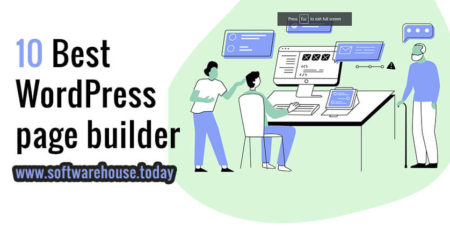Bootstrap is a popular framework for building web applications. With its responsive grid system and extensive component library, it provides developers with a solid foundation for creating dynamic web applications. However, there are advanced techniques that can take your Bootstrap Techniques to the next level and make your web applications even more dynamic and engaging.
First and foremost, one of the most effective advanced techniques for creating dynamic web applications with Bootstrap is using animations and transitions. Another advanced technique is the use of custom CSS and JavaScript. While Bootstrap provides a wide range of built-in components, sometimes you need to customize them to fit your specific needs.
In addition, the use of dynamic content loading can greatly enhance the user experience. By loading content dynamically, you can avoid page refreshes and provide the user with a faster and smoother experience. Another technique that can take your Bootstrap skills to the next level is the use of advanced grid systems. While Bootstrap’s grid system is already powerful, you can take it even further by using nested grids, offset columns, and other advanced techniques. This can allow you to create complex layouts that are both flexible and responsive.
Finally, the use of third-party plugins can greatly extend Bootstrap’s functionality. There are many plugins available that can add new components, animations, and other features to your application.
Advanced Bootstrap Techniques

- Customizing Bootstrap: Bootstrap provides a range of default styles and components, but advanced customization techniques involve modifying the framework to suit specific design requirements. This can be achieved by overriding Bootstrap’s default CSS classes or by creating custom styles and components.
- Advanced Grid Systems: Bootstrap’s grid system is a powerful tool for creating responsive web layouts. However, advanced grid techniques involve utilizing nested grids, offset columns, and custom breakpoints to create more complex and intricate layouts that adapt to different screen sizes and device orientations.
- Custom CSS and JavaScript: To create unique and interactive components, developers can extend Bootstrap’s functionality using custom CSS and JavaScript. This involves writing custom code to modify the appearance, behavior, and functionality of Bootstrap components or creating entirely new components.
- Animations and Transitions: Adding animations and transitions can enhance the user experience and make web applications more engaging. Advanced Bootstrap techniques involve leveraging CSS3 transitions or using JavaScript libraries like Animate.css or GSAP to create smooth transitions and eye-catching animations.
- Advanced Form Styling: Bootstrap provides a set of form styles, but advanced techniques involve customizing and enhancing form elements further. This can include adding validation, incorporating custom input types, using plugins like Select2 or Chosen for enhanced select boxes, or implementing autocomplete functionality.
- Dynamic Content Loading: Rather than reloading entire pages, dynamic content loading allows for a more seamless user experience by loading content asynchronously. Advanced techniques involve using AJAX requests to retrieve data from the server and updating specific parts of the page dynamically, without requiring a full page reload.
At Invision Chip, we specialize in providing advanced Bootstrap techniques for creating exceptional web applications. Our team of skilled developers has extensive experience in harnessing the full potential of Bootstrap to deliver dynamic, interactive, and visually stunning applications.
Conclusion
In conclusion, while Bootstrap is already a powerful framework for building web applications, many advanced techniques can take your skills to the next level. Animations and transitions, custom CSS and JavaScript, dynamic content loading, advanced grid systems, and third-party plugins can all help you create more dynamic and engaging web applications. By incorporating these techniques into your workflow, you can create web applications that stand out from the crowd and provide a better user experience.







Leave a Reply